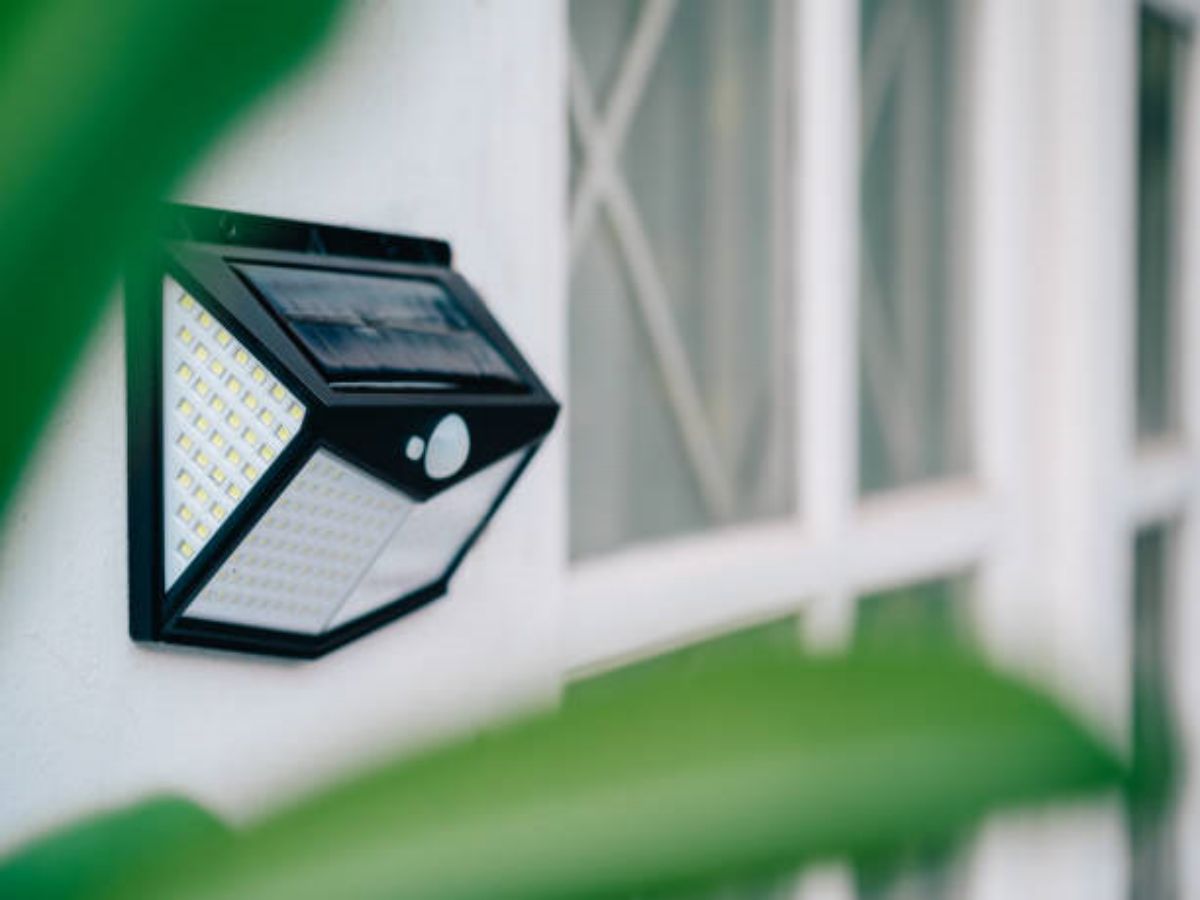How to Test the Waterproofing Integrity of M20 Connectors?
Waterproofing integrity is a critical aspect when it comes to M20 connectors. These connectors are commonly used in various industries, including automotive, marine, and outdoor applications. Ensuring that M20 connectors maintain their waterproofing properties is essential to prevent any damage or malfunction. In this article, we will explore different methods to test the waterproofing integrity of M20 connectors.
1. Visual Inspection
Before diving into more complex testing methods, it is always a good idea to start with a visual inspection. Carefully examine the M20 connectors for any visible signs of damage or wear. Look for cracks, breaks, or deformities that could compromise the waterproofing integrity. If you spot any issues, it is advisable to replace the connectors to ensure proper functionality.
2. Immersion Test
An immersion test involves submerging the M20 connectors in water to check if they can withstand water ingress. Start by preparing a container filled with water and then fully immerse the connectors. Let them sit for a specific period, usually around 30 minutes, and then remove them from the water. Inspect the connectors for any signs of water intrusion, such as moisture inside or corrosion. If there is no evidence of water ingress, the connectors pass the immersion test.
3. Pressure Test
The pressure test involves subjecting the M20 connectors to higher pressures to simulate challenging environmental conditions. This test is particularly useful for connectors that will be exposed to extreme weather or underwater environments. Connect the M20 connectors to a pressure chamber or use a specialized pressure tester. Gradually increase the pressure and monitor for any leaks or water penetration. If the connectors can withstand the specified pressure without any issues, they pass the pressure test.
4. Thermal Cycling Test
Thermal cycling refers to exposing the M20 connectors to extreme temperature variations to assess their waterproofing integrity. This test is crucial for connectors that will be exposed to temperature fluctuations in real-world applications. Place the connectors in a temperature chamber and cycle between high and low temperatures within a specified range. After several cycles, inspect the connectors for any signs of water ingress or damage. If they maintain their waterproofing properties throughout the test, they pass the thermal cycling test.
5. Dust and Particle Ingress Test
In many environments, M20 connectors may also face challenges from dust and particle ingress. This type of test evaluates whether the connectors can effectively seal out particles that could potentially compromise their functionality. Use a specialized dust chamber or introduce fine particles near the connectors while monitoring for any signs of particle intrusion. If the connectors remain free from particles, they pass the dust and particle ingress test.
6. Vibration Test
Vibration can pose a significant risk to the waterproofing integrity of M20 connectors, especially in applications where they are exposed to constant movement or vibrations. The vibration test ensures that the connectors can withstand vibrations without any water ingress. Secure the connectors onto a vibration platform and subject them to various frequencies and intensities. Monitor for any signs of water intrusion or loosening of the sealing mechanism. If the connectors remain watertight throughout the test, they pass the vibration test.
7. Salt Spray Test
For connectors used in marine or coastal applications, the salt spray test is essential to assess their resistance to corrosion caused by saltwater exposure. This test involves subjecting the connectors to a saltwater mist or spray for a specified duration. After the test, examine the connectors for any signs of corrosion or deterioration. If the connectors remain corrosion-free, they pass the salt spray test.
8. UV Exposure Test
UV exposure can degrade the materials used in M20 connectors over time, potentially compromising their waterproofing integrity. The UV exposure test evaluates how well the connectors withstand prolonged exposure to UV radiation. Place the connectors in a UV chamber or expose them to direct sunlight for an extended period. Inspect the connectors for any signs of material degradation or water intrusion. If the connectors maintain their integrity, they pass the UV exposure test.
9. Chemical Resistance Test
In some applications, M20 connectors may come into contact with various chemicals that can potentially degrade their waterproofing properties. The chemical resistance test ensures that the connectors can withstand exposure to specific chemicals without compromising their sealing capabilities. Apply the chemicals to the connectors and let them sit for a specified time. Afterward, check for any signs of damage or water ingress. If the connectors remain unaffected, they pass the chemical resistance test.
10. Long-Term Durability Test
A long-term durability test assesses the waterproofing integrity of M20 connectors over an extended period. This test involves subjecting the connectors to a combination of environmental conditions, such as temperature variations, vibrations, and exposure to water or chemicals. Continuously monitor the connectors for any signs of water ingress or degradation throughout the duration of the test. If the connectors maintain their waterproofing properties over the specified time, they pass the long-term durability test.

